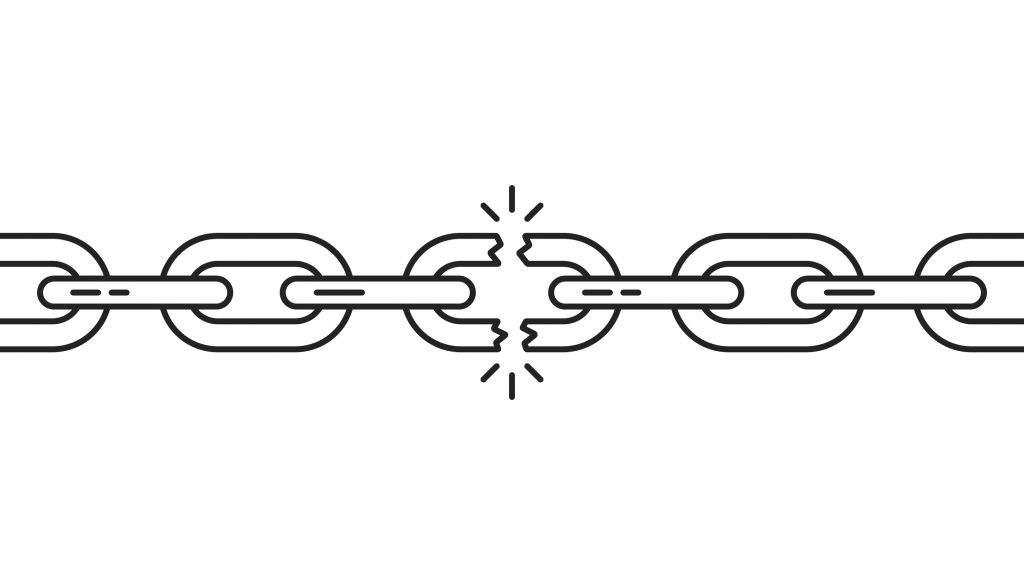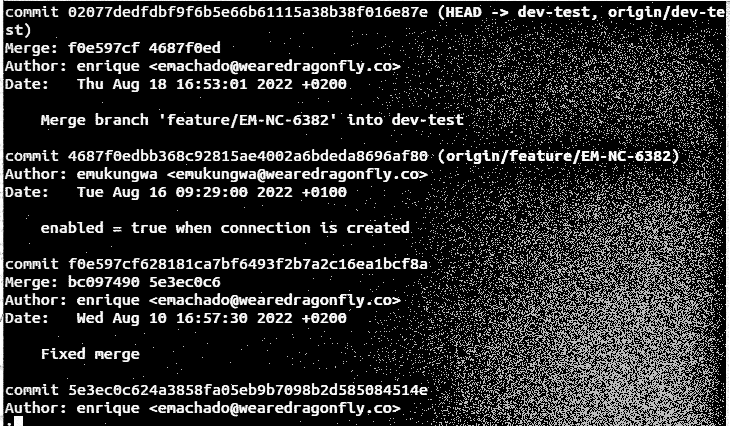Value Stream Mapping
Value stream management is not a new technique, it has its origins in value stream mapping, like many process improvement techniques. It is a recognised part of the Six Sigma technique. In essence it is a lean-based approach to mapping the value added by different parts of the software development process, and to identify waste, and then manage it.
As issue management tools track the states of different types of work, they therefore provide a proxy for measuring where work is within a larger process.
Value stream map, metrics & dashboards
One example metric is the time that issues spend on average in each state. When this is compared between components, products and teams, it can provide useful insight to where inefficiencies are rooted. You can add various “time in state” charts to your various dashboards to see how long different tests, issues or other types of tracked ticket are spending in different statuses. You can also see how this changes over time.
Perhaps you would need to include other key performance indicators KPIs, let us know how we can help your business leaders, at neuro we are looking to the future by combining multiple data sets from across the toolchain with multiple machine learning models to provide far-reaching insights into the technology supply chain.
If you are wondering why you would want to do this – a key principle of lean is “just-in-time” working. The less time things spend between elaboration and business feedback in production – the more efficient you are!



